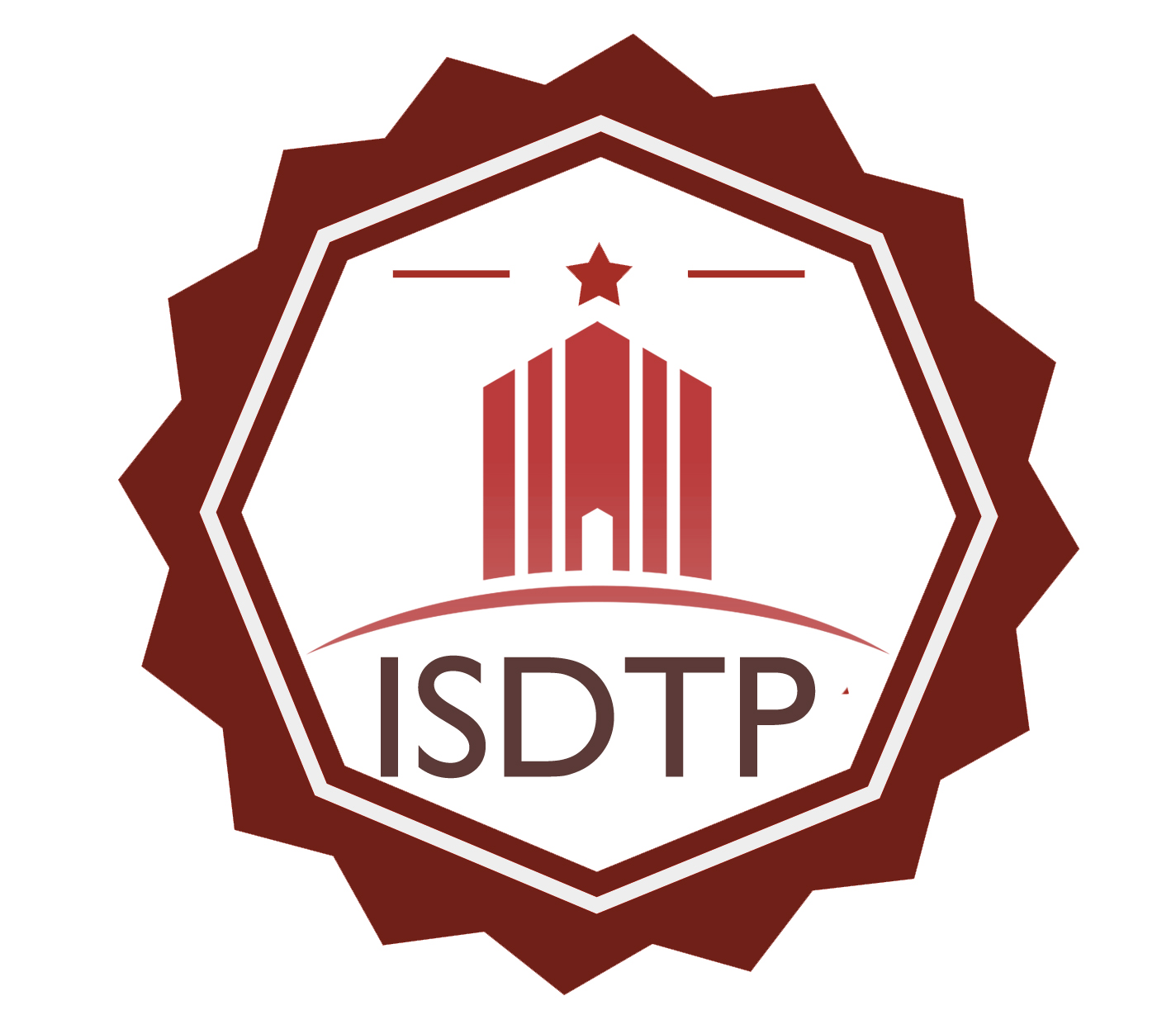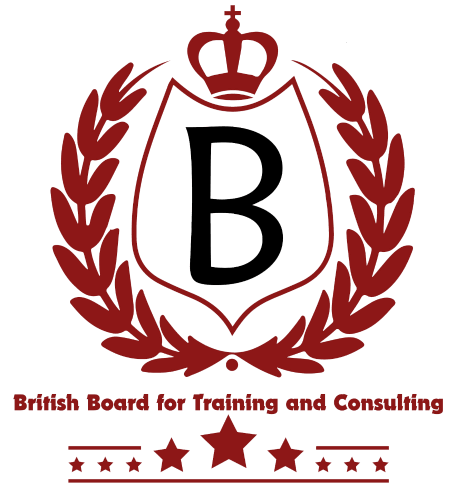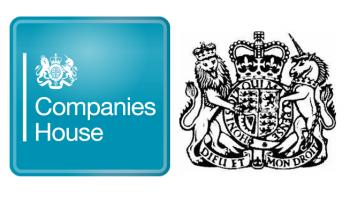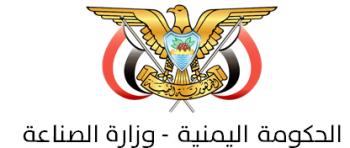International Standards of Design the Training Packages™

What is a Competency?
Competency models refer to
collections of knowledge, skills, abilities, and other characteristics (
ISDTP™) that are needed for effective performance in the jobs.
FIRST,competency
modeling is an important innovation in that it is a way to get
organizations to pay attention to job-related information and employee
skills in the management of employees. In fact, a key difference between
job analysis and competency modeling may be that executives pay more
attention to competency modeling. In that sense, competency modeling is a
way to get job analysis into the mainstream of employee management
decisions. Competency modeling could be considered the “Trojan Horse”
for job analysis.
SECOND, they are often intended to distinguish top performers from average performers
THIRD, they often include descriptions of how the competencies change or progress with employee level.
FOURTH,
the ISDTP™ are usually linked to the business objectives and
Strategies That is, the ISDTP™ are described in a manner that
highlights their relationships to the work or the objectives, or
sometimes the ISDTP™ needed to achieve each objective are identified
and grouped together. In addition, they are usually defined in terms of
observable job behavior
FIFTH, they are developed top down
rather than bottom up like job analysis. They not only start with
gathering information from executives rather than lower level job
employees like job analysis, but they usually start with defining the
competencies for executive jobs and then work their way down.
SIXTH, competency models may consider future job requirements either directly or indirectly
SEVENTH, competency models are usually presented in a manner that facilitates ease of use
EIGHTH,
typically, a finite number of competencies are identified, and applied
across multiple functions or job families. Bounding the competency model
in this way simplifies the human resource (HR) systems and facilitates
comparisons across functions that support parity in systems like
compensation and ease job movement across functions by illuminating
similarities.
NINTH, and perhaps most importantly, competency models are used actively to align the HR systems
A TENTH,
difference is that competency modeling is often more of an
organizational development intervention that seeks broad organizational
change (such as HR alignment) as opposed to a simple data collection
effort. Characterizing competency modeling as OD incorporates how the
competency modeling project is conducted





